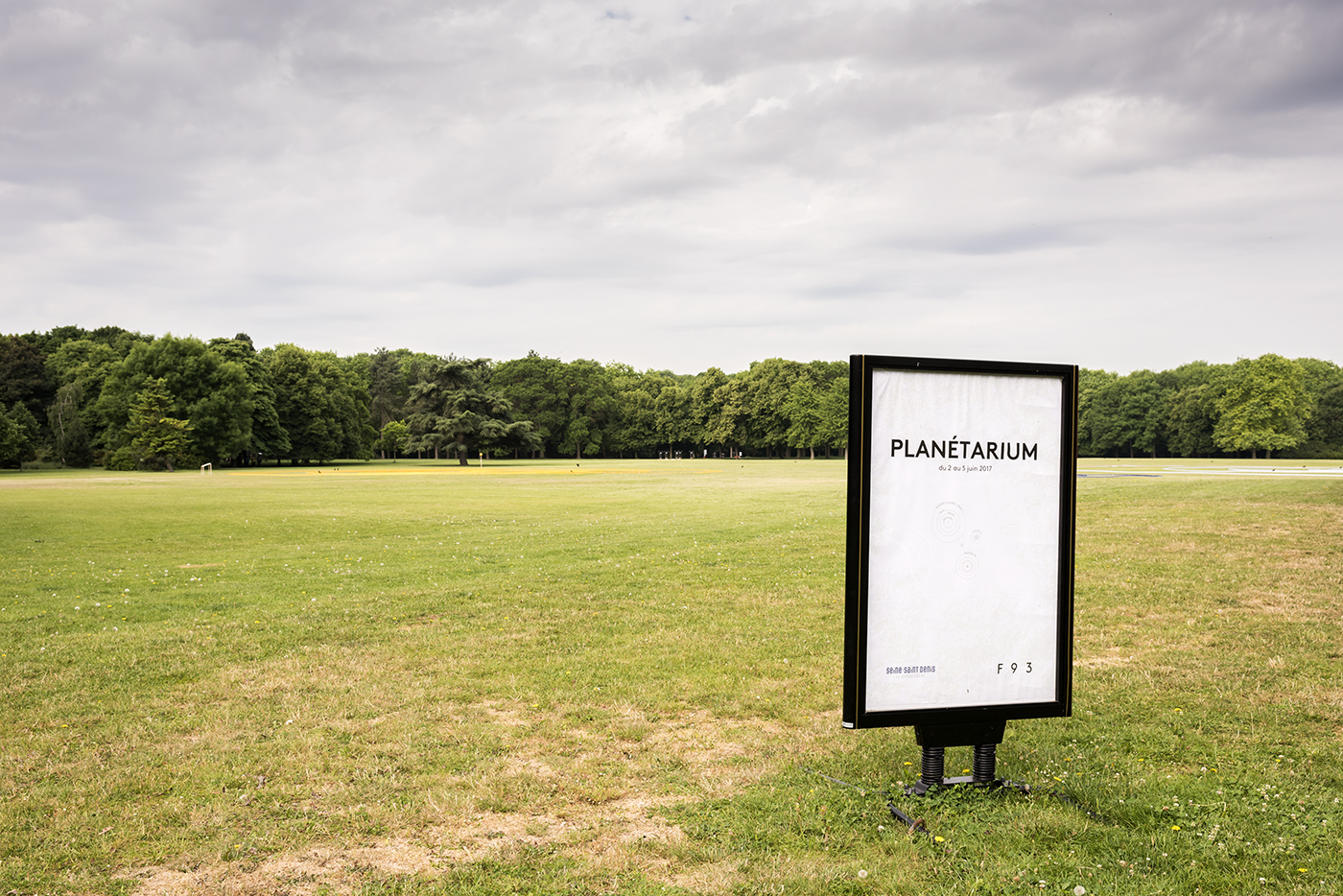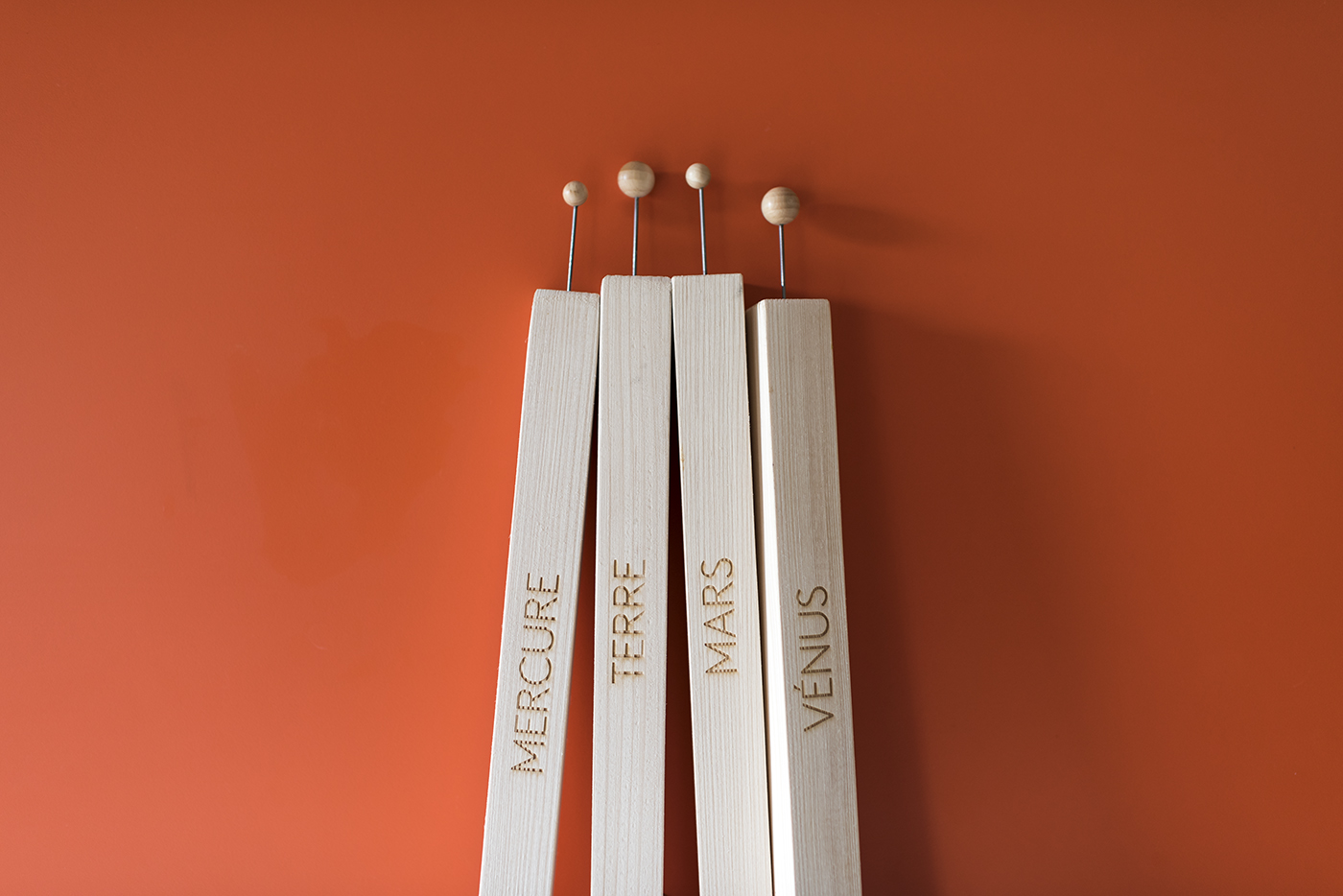- 2024
- 2023
- Ligne d'air
- 2022
- 2021
- The Forest System
- 2020
- A place to read
- Counterfactual
- Deep Sleep
- Fixing Sounds
- Ghost Populations
- Grey Matter
- Humanities
- Impôts.gouv
- My Precious One
- OK computer
- One for all
- Perfect Match
- Personal Borders
- Trial by fire
- Unconscious
- 2019
- Anonymous
- Daily science
- Houston 69
- Image and text
- La santé autrement
- Parts and labour
- Playing with fire
- Plu-present
- The art factory
- The legend factory
- The nuclear effect
- Unique every time
- Vertical
- What exactly is happiness?
- striking a chord
- 2018
- Animal images
- Connections
- Current affairs
- Extra space
- Les courts circuits
- Metamorphoses
- Off ground
- Playing with fire
- The Earth quakes
- The life of rays
- The ocean phenomenon
- The scope of cinema
- The struggle continues
- Top model
- Traces
- What is peace?
- 2017
- All about the climate
- Artistic territory
- Cars
- In all probability
- Inner journey
- Letter to a friend
- Planetarium
- Plants and us
- Polyptics
- Poster child
- Propagation of monotony
- Rocks unlimited
- Tour operator
- We, the presidents
- Youth culture
- 2016
- 3D universe
- Art curator
- Bioethics
- Colours
- Community radio
- Different books - digital design
- Different books - paper design
- Hands on
- Images - Mémoires
- In all probability
- Landscapes
- Meteors
- Microscopic
- Mirages
- Pantone Food
- The great outdoors
- The idiots' guide to teenagers
- The night
- There were several of them
- Under the surface
- 2015
- Books otherwise
- By prescription
- Denim
- Feet on the ground
- Intermediate schools in France
- Meteorologists
- Occupation: inventor
- Outdoors
- Sweet treats
- The art of love
- The climate in fiction
- To be completed
- Universal light
- Urban life
- What is today?
- Words and music
- 2014
- Are you modern?
- Aroma research
- Calculating sound
- Digital dreams
- Female landscape
- Hung up
- Infinite at top speed
- Les Grandes Tables
- Life in the laboratory
- Listening to the sacred
- Short trips into the working world
- The age of the earth
- Use and reuse
- Water
- Words and music
- Words and things
- 2013
- Aroma research
- As if by chance
- Behind the screen
- By what right?
- In praise of mixity
- Infinity at top speed
- Listening to the sacred
- Looking at animals
- Mass markets
- Memory
- On promotion
- Once upon a time: Art
- Segami
- Sensitive boundary
- Short trips into the working world
- The French factory
- Truth in sport
- 2012
- A simple movement
- Animalia
- Archigram
- Babel
- By what right ?
- Call it anything
- Dinner's served!
- Experience of the world
- Found objects
- Money
- Once upon a time: Art
- Perceptible split
- Phenomena
- Serious games
- Television
- Warmly dressed
- 2011
- Animalia
- Balance of power
- Breathless
- Chemistry year
- Cities and architectures
- Eurêka
- Experience of the world
- Food
- Found objects
- Homepage
- Once upon a time
- Public life
- Television
- Under constraint
- Video games
- Vostok
- What to wear
- 2010
- Chimie en cuisine
- Eurêka
- Evolution
- Jeux vidéo
- La bioéthique
- La richesse - philosophie
- La richesse - sociologie
- Les adolescents - photographie
- Les adolescents - sociologie
- Objets trouvés
- Quel grand Paris?
- Rapprochement des cultures
- Sous contraintes
- Télévision
- Village global
Planetarium
Since 2009, the Seine-Saint-Denis County Council has been backing “la Culture et l’Art au Collège (CAC)”. This project is based to a large extent on the presence in class for several weeks (40h) of an artist or scientist whose mission is to engage the students in a process of research and creation.
Tutors: Virginie Batista, ALAIN RIAZUELO/ astrophysicists IAP
Project manager: Stéphane Coulaud
Objectives:
Is our solar system unique? It would be surprising if other stars were not surrounded by planets, and some of these planets may be able to support life. Current techniques are not capable of detecting another Earth in the vicinity of a star, but great progress has been made in research into extrasolar planets. Using astrophysicists’ data, the students have to design a planetarium to represent our system and compare it with other systems further away.
Workshops:
The workshop opened with a short introductory sequence of questions and answers between the contributor and the students about their representations of what we mean by astrophysics and astronomy.
This was followed by a long sequence studying the solar system – used as a kind of “astronomic benchmark” – and an exoplanetary system. This phase focused on documentary research, calculations, written descriptions, etc. The students studied three exoplanetary systems among the thousands that exist: Trappist, Kepler-11 and Kepler-90.
These systems were chosen because they meet several material criteria: they have been sufficiently researched scientifically for it to be possible to have a precise and valuable understanding of them; they are compact systems that can be adapted to a “humanly” realistic dimension to create a reproduction of them; and they have a reasonable number of planets in addition to the star (6 and 7 for the Kepler-11 and Kepler-90 systems, and 7 for the Trappist system). Once the selection had been made, the students began a study of the systems.
A technical specification sheet was drawn up for each planet (Kepler-11b, Kepler-11c, Kepler-90b, Kepler-90c, etc.) from each system (Kepler-11 or Kepler-90): identification of the system (e.g. Kepler-11); name of the planet (e.g. Kepler-11b); distance from the sun (e.g. 0.091astronomical units, or 13.6 million km); the planet’s radius (e.g. 1.8 or 11,480 km) and mass (e.g. 1.9 land mass); size of orbit (e.g. 1.82m) and of the planet (e.g. 0.31cm) to the scale of 1/7500000000; the star’s presence in the habitable zone.
Each astronomical object’s specification sheet was completed by a short commentary.
In addition to this documentary work, the students made mathematical calculations, since the project also involves assessing the distances separating the planets from the system’s star or, for example, calculating the distances between a system’s various astronomical objects or its distance from the solar system. These calculations helped the students grasp distances that are often perceived as abstract on a human scale.
Lastly, some of the technical specification sheets were enriched with graphics and artists’ impressions suggested by the students. Once the sheets included all the information, they were displayed using brackets to support stars and planets in a reproduction of the systems.
Exhibition:
From 2nd – 6th June 2017, the reproduction of the Planetarium circuit was on display at the Georges-Valbon Departmental Park as an installation on the ground. In light of the dimensions required for a representation on a realistic scale (1:7500000000), the “Grande Circulaire” parkland in the middle of the park near Édouard-Glissant House was chosen. The orbits of the four astronomical systems were traced on the ground and represented with coloured straps of yellow (Kepler-90), red (Trappist), blue (Kepler-11) and white (solar system). The represented systems were put in place on June 1st: 1,000 metal posts were planted to outline each system and their orbits were represented with approximately 5,000 metres of straps.
The students from the 3 classes spent the entire morning completing the installation, placing planets and stars in the orbits using wooden brackets from which they hung balls to scale. The layout was determined by calculations made earlier in the classroom. Orientation tables set out next to the installation made it possible to situate each system in relation to the others.
Acknowledgements:
Hélène Lescure, Reception & Promotion - Georges-Valbon Departmental Park; Nature Department; Landscapes & Biodiversity/Seine-Saint-Denis County Council; Marie Thibault, Technician Facilitator, Heritage & Environment: Georges-Valbon Departmental Park, Nature Department; Landscapes & Biodiversity/Seine-Saint-Denis County Council; Jean Mouette, Institute of Astrophysics, Paris
Outings (selection):
- Planetarium, Palais de la Découverte, Paris
- Astronomy and Astrophysics Halls, Palais de la Découverte, Paris
Participating schools:
- class 4e, collège ANATOLE FRANCE, PAVILLONS-SOUS-BOIS
- classe 3e, COLLÈGE JEAN JAURÈS, SAINT-OUEN
- class 4e, COLLÈGE CAMILLE CLAUDEL, VILLEPINTE
Scenography: ELODIE DESCOUBES
Photos: PIERRE ANTOINE








